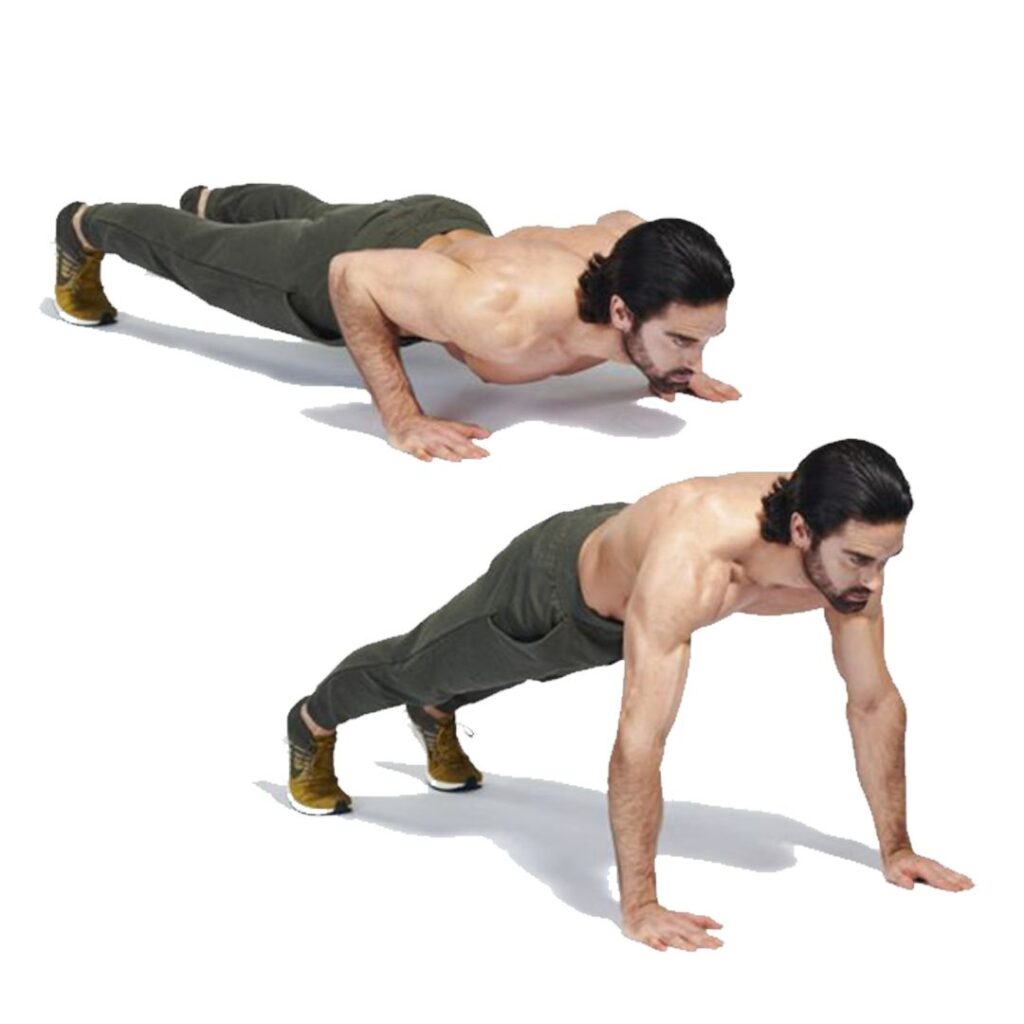How static holds will DRASTICALLY increase your strength

First of all, what is a Static Hold?
Static holds, also known as isometric exercises, involve maintaining a position under tension without movement. Instead of lifting or lowering weights, you hold a position, engaging the muscles continuously. Examples include planks, wall sits, L-sits, handstands and holding a dumbbell or barbell in a fixed position.
In the world of strength training, dynamic movements like squats, deadlifts, and bench presses often steal the spotlight. By incorporating static holds into your workout routine, you can drastically enhance your overall strength, stability, and muscle endurance.
Benefits of Static Holds
1. Increased Muscle Tension
Static holds maximize muscle tension by keeping the muscle fibers engaged throughout the exercise. This constant tension helps stimulate muscle growth and strength, as the muscles are working hard to maintain the position without the relief of movement.
2. Improved Joint Stability
Static holds strengthen the connective tissues, including tendons and ligaments, which support your joints. This increased stability can enhance your performance in dynamic movements and reduce the risk of injury.
3. Enhanced Mental Toughness
Maintaining a static hold requires mental fortitude. The discomfort of holding a position for an extended period can be challenging, but pushing through it builds mental toughness. This resilience can carry over into other aspects of your training and daily life.
4. Targeting Weak Points
Static holds allow you to focus on specific parts of a movement where you might be weakest. For example, if you struggle with the bottom position of a squat, holding that position can help you build strength and confidence in that area.
How to Incorporate Static Holds Into Your Routine
1. Choose Your Position
Select a position relevant to your training goals. For instance, if you’re looking to improve your squat, you might perform a wall sit or hold the bottom position of a squat.
2. Start with Short Durations
Begin with shorter hold times, such as 10-20 seconds, and gradually increase the duration as your strength and endurance improve. This progressive overload is key to continued improvement.
3. Use Proper Form
Maintaining proper form is crucial in static holds to avoid injury and ensure you’re effectively targeting the intended muscles. Focus on your alignment and engage the appropriate muscles.
4. Integrate into Your Routine
Incorporate static holds into your existing workout regimen. They can be used as a warm-up, as part of your main workout, or during your cool-down. For example, you might add planks to your core routine or hold the top position of a deadlift to improve your grip strength.
Conclusion
Static holds are a powerful tool in your strength training arsenal. This is another reason why I love calisthenics and gymnastics. More often than not, we don’t hold 1 position for more than a few seconds while lifting weights. We’re always working through dynamic movements where our muscles are only in a specific position under tension for a second or two. Meanwhile in calisthenics we do this all the time! Gymnasts who use gymnastics rings do this for the majority of their workout. Now imagine incorporating this into both bodyweight workouts and weightlifting? How much progress would you see? Either way the key to progress is consistency and gradual progression, so hold strong and stay committed!.
You Got This!
Subscribe to our newsletter and be the first to find out about new articles.






